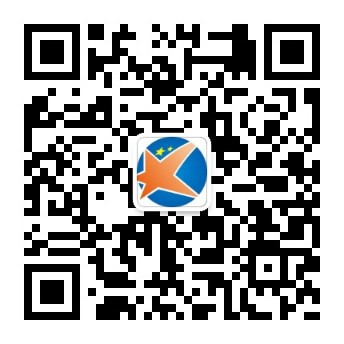初中名师视频课程免费试听1200分钟 |
||||
| 初一全科强化班辅导课程 免费听课 | 初二强化班辅导课程 免费听课 | 初三强化班辅导课程 免费听课 | ||
情态动词表推测:语气+时态
- 情态动词表推测的三种语气
- 在肯定句中一般用must (一定),may(可能),might / could(也许,或许)。
He must/may/might know the answer to this question?他一定/可能/也许知道这个问题的答案。
我周末可能要去拜访我爷爷奶奶。
2.否定句中用can’t / couldn’t(不可能), may not/might not(可能不)。
It can’t/couldn’t be the headmaster. He has gone to America.这不可能是校长,他去美国了。
他不可能是Tom,Tom 通常戴眼镜。
3.疑问句中用can/could (能……?)。
Could he have finished the task? 他可能把任务完成了吗?
(注:以上三种句式中情态动词的语气按程度都是依次递减的。might, could并非may, can的过去式,而表示语气较为委婉或可能性较小。
(二)情态动词表推测的三种时态
1.对将来情况的推测,用“情态动词 + 动词原形”。
She must / may / might / could arrive before 5. 5:00前她一定/可能/也许到。
2.对现在或一般情况的推测,用“情态动词 + be”,“情态动词 +be doing”或“情态动词 + 动词原形”
(1)He must / may / might / could be listening to the radio now.
(2)He can’t ( couldn’t ) / may ( might ) not be at home at this time.
(3)他现在一定在看电视。
3.对过去情况的推测,用“情态动词 + have +过去分词”。
(1)It must / may / might / could have rained last night .The ground is wet.
(2)The door was locked. He can’t have been at home .门锁着,他不可能在家。
(3)他可能已经找到书了。
总结:对某一次的推测句型有两部分:语气和时态
语气部分:(以下情态动词语气由强至弱)
肯定句:must、may、might(=could)
否定句:can’t(=couldn’t)、mayn’t、mightn’t
疑问句:can、could(语气更加委婉不确定)
时态部分:
be表示对现在的推测
have done表示对过去的推测
be doing表示对正在进行的推测
There be 句型表推测
There+情态动词+be/do sth
There+情态动词+be doing sth
There+情态动词+have done sth
一定有人正在踢足球。
